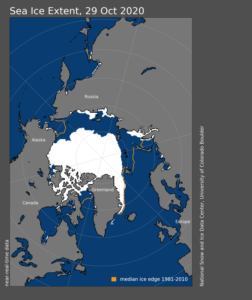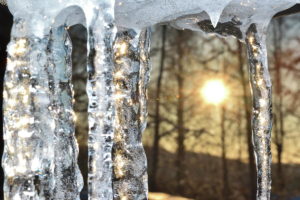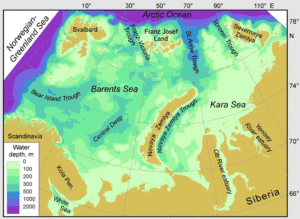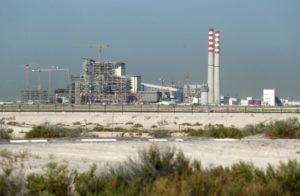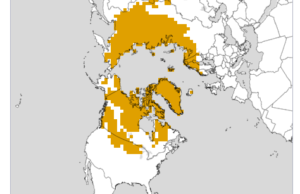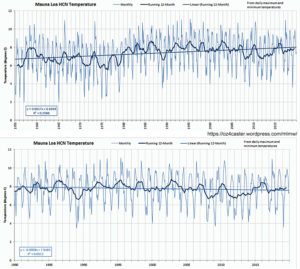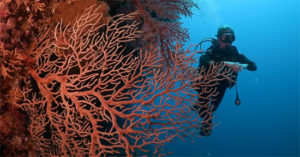by T. Doshi, Oct 10, 2020 in Forbes
Suicide is viewed as a crime in many countries. In a court of law, it is a serious charge and the evidence needs to be conclusive for such an accusation to stand (e.g., did you actually see him attempt to jump off the bridge?). But when societies (or at least their leaders) attempt it, one can say that it safely falls under the rubric of the sovereign right to misrule. In the hallowed tradition of Western liberal democracy, so long as its political leaders are elected in free and fair elections, misrule leading to societal death by suicide is merely an unfortunate outcome of either gross negligence or culpable intention led by, say, an ideology of de-industrialization. Nevertheless, let us proceed with the case for the prosecution.
The Circumstantial Evidence Of Societal Suicide
The first piece of evidence is an astonishing article published last week in the Boston Review by a professor of anthropology in Rutgers University . The good professor opined that Zimbabwe and Puerto Rico “provide models for what we might call ‘pause-full’ electricity”. The West, he continues, has created a vast infrastructure for generating and consuming electricity 24/7, 365 days a year. Since this is based on “planet-destroying fossil fuels and nuclear power”, we need to emulate the aforementioned poor countries and save the climate by giving up the demand for the constant supply of electricity.
To be fair, the professor also noted that the Zimbabweans and Puerto Ricans did not choose to accept electricity rationing but were imposed upon by the gross negligence and corruption of their governments. The professor cannot be lightly dismissed, and the Boston Review shares its domicile with MIT and Harvard University, the temples of wisdom in modern Western civilization. And the Review has its share of kudos, at least for those of a particular persuasion: “When it comes to publishing fresh and generative ideas, Boston Review has no peer” says Robin D. G. Kelley, Professor of American History at the University of California, Los Angeles and Naomi Klein, activist and New York Times NYT-0.5% best-selling author, opines that “Boston Review is so good right now.”
Let us move on to our second piece of evidence, this time from the other side of the “climate emergency” aisle. Professor Fritz Vahrenholt is a giant among environmental circles in Germany. (The country is well known as the world’s leading champion for all things environmental and for pushing Europe to “net zero emissions by 2050”.) Prof. Vahrenholt holds a doctorate in chemistry and started his professional career at the Federal Environmental Agency in Berlin (responsible for the chemical industry) before joining the Hessian Ministry of the Environment. From 1984 until 1990 he served as state secretary for environment, from 1991 till 1997 as minister for energy and environment in the state of Hamburg.
One day before the publication of the Boston Review article on October 5th, Prof Vahrenholt stated baldly in a German TV interview that climate science was “politicized”, “exaggerated”, and filled with “fantasy” and “fairy tales”. He pronounced that “The [Paris] Accord is already dead. Putin says it’s nonsense. […] The Americans are out. The Chinese don’t have to do anything. It’s all concentrated on a handful of European countries. The European Commission in massively on it. And I predict that they will reach the targets only if they destroy the European industries.” He lambasted Germany as a country “in denial when it comes to the broader global debate taking place on climate science”. He went on to characterize Europe’s recent push for even stricter emissions reduction targets to madness akin to Soviet central planning that is doomed to fail spectacularly.
…


